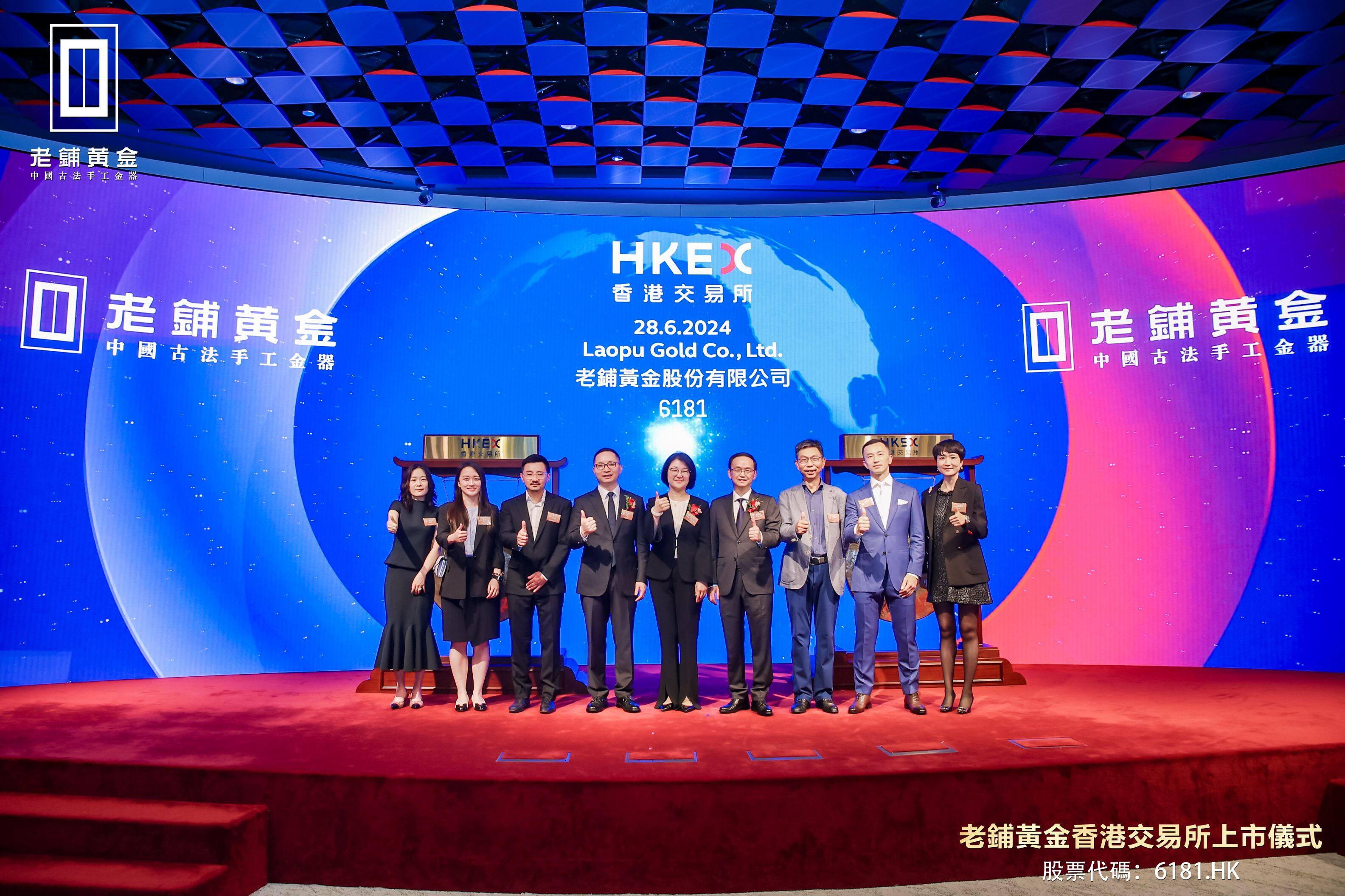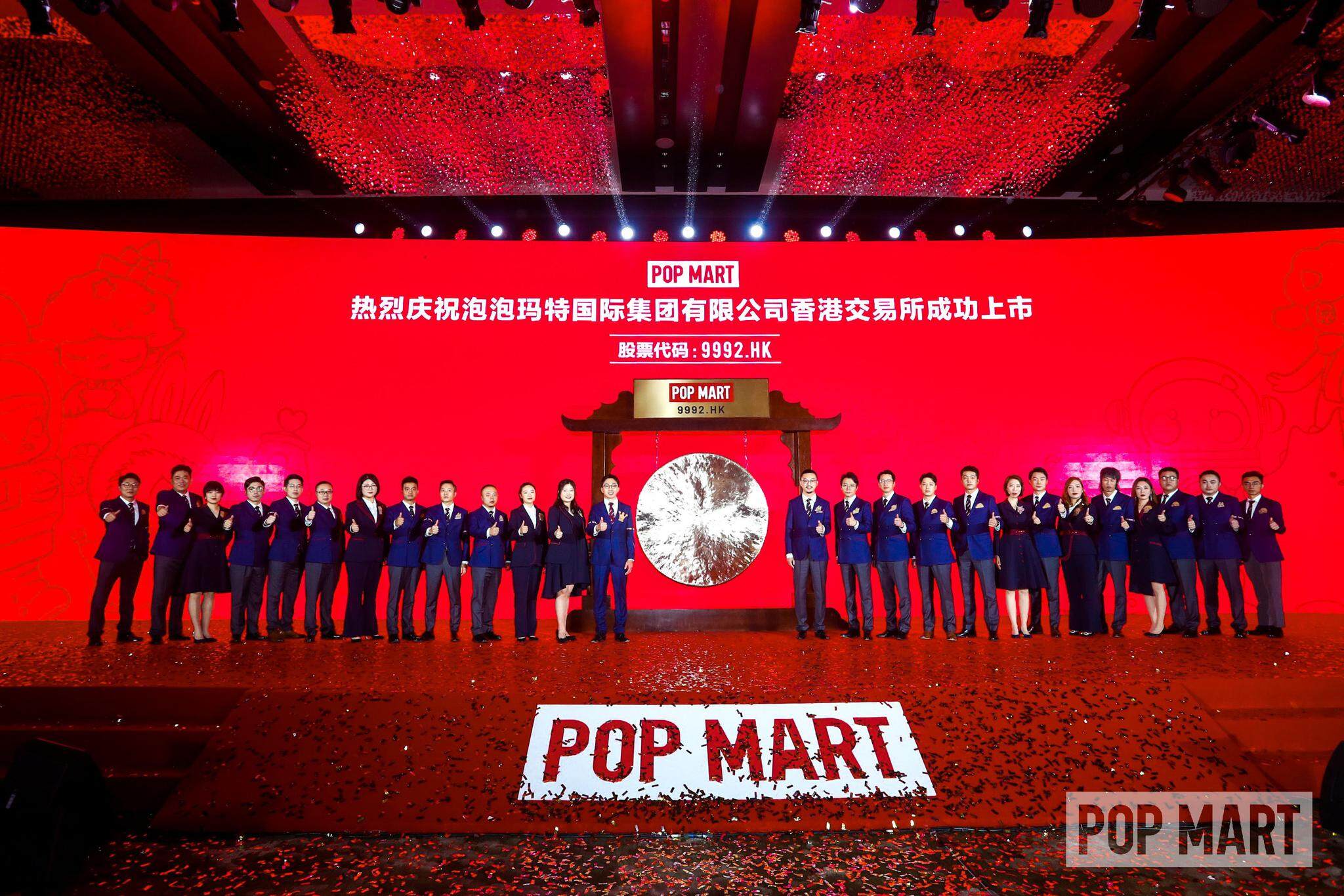Zhao Ding (Founder of Busy Ming Group, the first snack chain in China to surpass 10,000 stores)
In June 2024, Busy Ming Group became the first snack chain brand in China to surpass 10,000 stores. At the 2023 BA Capital Consumer Summit, founder Zhao Ding shared why snack multi-brand stores are inherently scalable. Below is a summary of his talk:
We focus on lower-tier cities. About 1.2 billion people live in these markets, which account for approximately 80% of China’s retail spending. According to MSCI Consulting, these markets represent a RMB 17 trillion retail opportunity. Our core strategy is cost leadership—offering low prices by optimizing total cost.
Traditionally, goods travel from manufacturers through several layers—brand owners, primary and secondary distributors, and retail endpoints like mom-and-pop stores or mid-sized supermarkets—each adding markup. We reduce these layers and keep the markup to just 0.6x. A product that costs RMB 1 at source reaches the consumer for RMB 1.6—making our offering naturally appealing.
To boost efficiency, we focus on three areas. The first is by reducing distribution layers. The second is using centralized warehousing and logistics, achieving fulfillment efficiency several times greater than traditional distributors. The third is the use of data-driven procurement, reducing warehouse turnover to 9 days and in-store turnover to 15 days—among the best in retail
From a consumer perspective, customers choose Super Ming products for a “more, faster, cheaper, better, closer” experience:
More: E-commerce platforms may have many products, but users must click individually to order. Compared with convenience stores, mom-and-pop stores, and supermarkets, our stores offer 1,700 SKUs within 150 square meters. Offering more SKUs in food-only categories makes our product range significantly richer.
Faster: Consumers in lower-tier markets have high expectations for product updates. We’ve achieved extremely fast product updates—100 new products per month and over 1,000 new products annually. This is closely tied to the rapid development of the food industry.
Cheaper: By streamlining the supply chain and improving efficiency, we can genuinely help ordinary people save money.
Better: In lower-tier markets, consumers have more leisure time. We provide a great experience space. Our stores are larger, the shopping experience is better, and customers stay longer. For example, since 30% of our customers shop with children, we make our aisles wider, and our shelves have rounded corners—these are our efforts to improve the consumer experience in every scenario.
Closer: We open stores right outside residential communities, the closest possible locations in lower-tier markets. Our loyalty members visit twice a week on average, and some visit eight times a month.
The 10,000-store DNA of Chinese chain brands includes several elements:
First is excelling in lower-tier markets and using a franchise model. We rely on franchisees’ social resources. To find the right franchisees, we only choose 1 out of every 100 inquiry calls.
Second is having an excellent single-store model. We spent about 18 months refining a single store—from product structure, site selection, and franchisee selection to the full development of the store’s role in the entire chain. We even spent a lot of time on shelf research and store layout.
Third is having a relatively low average transaction value; high cost-effectiveness is key to entering lower-tier markets.
Fourth is large market scale. Snack variety stores are used frequently.
It also includes extreme standardization. Only with a standardized system can a brand become a 10,000-store chain.
There are about 2,000 counties in China, which form the main living space for our stores. In Wanzai County under Yichun, with a population of only 400,000, we have opened 13 stores. This data shows that we can indeed open many stores.
Most of China’s population is in lower-tier markets. As retail terminals for industrialized food, snack variety stores have the potential to become the infrastructure for mass consumption in China.












